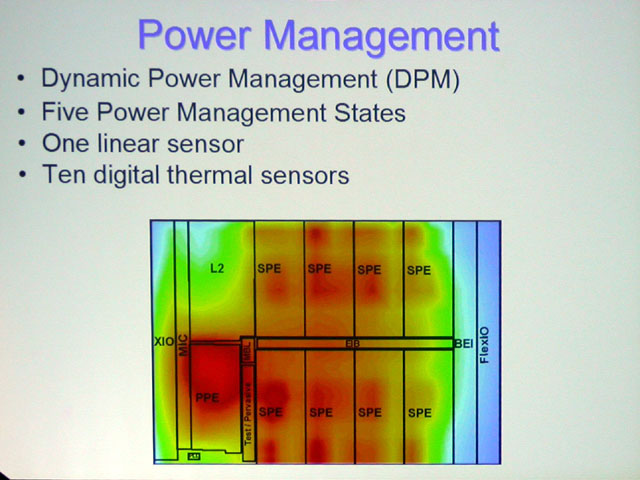xbdestroya said:Fox5 said:xbdestroya said:Fox5 said:I think Xbox 2 could be more powerful than the PS3 because the PS3 is relying heavily on Cell. I don't think Cell will be a flop, but I think it will fall well short of expectations. If Ps3 significantly relies on Cell for graphics then, at least until developers become more skilled at programming for it, that Xbox 2's bigger reliance on a gpu will pay off. I think Cell will be more powerful than any computer cpu now, but will be crushed by the dual core cpus available when PS3 arrives.
I think you are very much overestimating what the PC world is going to be receiving in terms of dual cores in the near future. I know that for all practical purposes, anyone with a top of th eline processor now will more or less be taking a step backwards by buying a Smithfield processor.
Though I give more respect to AMD and their Toledo implementation, it'll be some time before that offers better performance to their FX-55 as well.
Well, I'm assuming optimized code will be available for dual cores. Considering PS3 is coming out in 2006, I think dual 2.5ghz athlon 64s could best it.(though only slightly once ps3 is fully optimized for) If cell was x86 based, it's not like it would give great performance if plopped into a pc right now, it would likely perform much worse.
I think what you're writing about is a very POV type situation; I agree that as far as x86 goes, a dual core chip would be able to dominate Cell, but then again so could a single core. If we're talking about flops, then obviously Cell would humiliate dual, quad, octal, and on down in terms of multi-core x86 chips. That assumes a frequency wall has been hit for a while.
And just looking at things from a practical perspective, not x86 or flops performance, I don't see multi-core x86 chips catching Cell when it comes to media performance, and I don't see Cell knocking the x86's off their own perch. Still, if you can get Cell emulating x86 well enough to send and receive email and do some word processing, for a lot of people that negates the need for an Intel or AMD machine.
Not anyone on this forum presumably, but no small part of the populace.
Since when has a FLOPs monster been crucial for games? I think the randomness of user interaction makes the ability to efficiently handle branching code the most important part of a cpu that's handling the physics, AI, and other assorted game code.
Intel's Pentium M cpus are far from power houses when compared to athlons and pentium 4s, yet they can easily best both architectures when it comes to games.
Athlon 64s and P4s are similar in raw performance, yet the Athlon's integrated memory controller easily bests the P4s in games.
And back in the day the Athlon was much more powerful than the Pentium 3, yet the limitations of SDR ram and the Athlon's cache kept it from ever gaining a significant performance advantage, and in many cases the P3 was still faster.
Now, if software rendering was still common, I think P4 would rule all x86 cpus as the gaming cpu to have, and Cell would have its place in the gaming world, but gpus do graphics much better.

